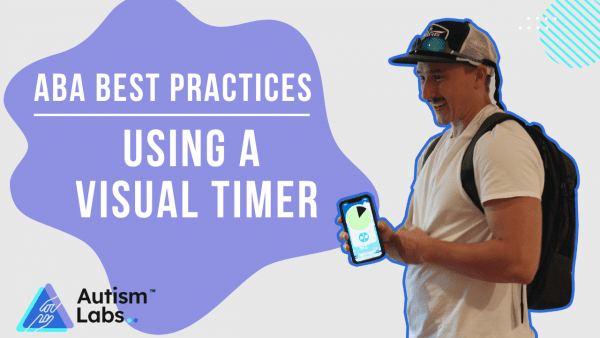
Hi. My name is Haden Hunt. I’m a Board Certified Behavior Analyst and I work alongside Michael and his support team to teach and maintain skills that promote a more independent and joyful life. A very important system used by Michael’s support team and parents to teach and maintain these skills is Applied Behavior Analysis (ABA). We will talk more about what ABA is and how to use ABA strategies in later videos. Today, I want to preface that ABA should focus on socially significant behaviors and aim to improve the joy and quality of life of individuals. This may look like teaching communication skills, independent leisure skills, or daily living skills. Capturing what that joy looks like can be difficult, especially when the language that Michael has is mostly limited to a communication device. There are emotional words such as happy and excited that Michael has learned to press on his device, but he usually has more emphatic means of communicating joy in his life. When Michael communicates this joy, it’s absolutely contagious.

When he’s feeling joyful, he’s usually quite loud and he makes silly noises, and he will smile if he’s having a particular experience. Sometimes he’s not. Sometimes he’s just making these happy noises that he does.

We will continue developing content that discusses evidence-based strategies and methods unique to Michael’s program that are implemented to shape joy and purpose into his life. We hope that this video has provided a fresh perspective on how others may express their joy. And please feel free to reach out with any questions you may have or topics you would like for us to cover in the future. We’ll see you next time.








